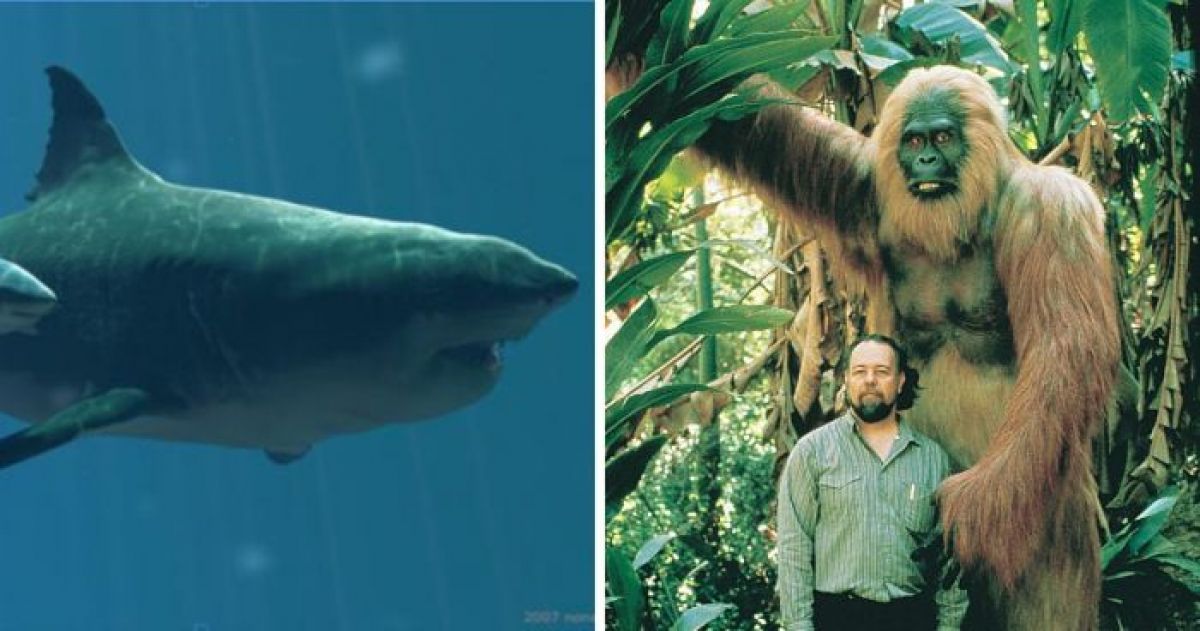When we think about the vastness of our planet, it is hard not to be amazed by the sheer size of some of the creatures that inhabit it. Among these, one animal stands out as the unrivaled champion of size: the blue whale. Known scientifically as Balaenoptera musculus, the blue whale holds the title of the biggest animal in the world, both in terms of length and weight. This majestic marine mammal exemplifies the incredible diversity of life that our oceans support.
The blue whale can reach lengths of up to 100 feet and weigh as much as 200 tons, making it not only the largest living animal but also the largest animal known to have ever existed on Earth. To put this into perspective, a blue whale's tongue alone can weigh as much as an elephant, and its heart is comparable in size to a small car. With such staggering dimensions, one might wonder how these colossal creatures thrive in the world's oceans.
In addition to their impressive size, blue whales are fascinating not just for their physical attributes but also for their behavior, feeding habits, and migration patterns. They are filter feeders, primarily consuming tiny shrimp-like animals called krill, and can eat up to 4 tons of krill a day during feeding season. As we delve deeper into understanding the biggest animal in the world, we will explore its biology, behavior, and the challenges it faces in the modern world.
What Makes the Blue Whale the Biggest Animal in the World?
The blue whale's size is a result of evolutionary processes that have occurred over millions of years. These adaptations have allowed them to thrive in their marine environment. Here are some key factors that contribute to their enormous size:
- Adaptation for Filter Feeding: The blue whale's large mouth and baleen plates enable it to efficiently filter immense quantities of water to capture krill.
- Efficient Energy Use: Large bodies allow blue whales to conserve energy while swimming long distances, which is crucial for their migratory lifestyle.
- Buoyancy in Water: Unlike land animals, the buoyant environment of the ocean allows blue whales to grow larger without the limitations of gravity.
How Do Blue Whales Feed?
One of the most interesting aspects of the blue whale's lifestyle is its feeding mechanism. Blue whales are known as filter feeders, and their feeding process is both efficient and fascinating:
- During feeding season, they take in large gulps of water that can be up to 100,000 liters at a time.
- As they close their mouths, the water is expelled through their baleen plates, trapping the krill inside.
- After filtering out the water, they swallow the krill, consuming an enormous amount of food to sustain their massive bodies.
Where Do Blue Whales Live?
The blue whale is found in oceans all over the world, but they tend to prefer deep, open waters. Their distribution includes:
- The North Atlantic Ocean
- The North Pacific Ocean
- The Southern Ocean
These majestic giants are migratory, often traveling thousands of miles between feeding and breeding grounds. During the summer months, they typically congregate in nutrient-rich waters to feed on krill, while in winter, they migrate to warmer waters for breeding.
What Are the Threats Facing Blue Whales?
Despite their size and strength, blue whales face numerous threats that have contributed to their decline. Some of the most pressing challenges include:
- Commercial Whaling: Historically, blue whales were hunted extensively for their blubber and meat, leading to significant population declines.
- Ship Strikes: Collisions with large vessels pose a significant risk to these whales, especially in busy shipping lanes.
- Climate Change: Changes in ocean temperatures and krill populations due to climate change can impact the availability of food for blue whales.
Can Blue Whales Be Conserved?
Conservation efforts have been implemented to protect blue whales and their habitats. These efforts include:
- Establishing Marine Protected Areas: Designating specific regions as protected can help safeguard the feeding and breeding grounds of blue whales.
- Reducing Ship Speeds: Implementing speed restrictions in critical areas can help reduce the risk of ship strikes.
- Monitoring Populations: Ongoing research and monitoring efforts are essential to understanding blue whale populations and their needs.
What Is the Future for Blue Whales?
The future of blue whales remains uncertain. While conservation efforts have shown promise in some areas, challenges persist. Continued advocacy for marine conservation, responsible shipping practices, and climate change mitigation will be crucial in securing a future for the biggest animal in the world. Public awareness and education about the importance of these magnificent creatures can also play a vital role in their survival.
Conclusion: The Majesty of Blue Whales
In conclusion, the blue whale is not just the biggest animal in the world; it is a symbol of the incredible diversity and complexity of life in our oceans. As we learn more about these gentle giants, we are reminded of the importance of protecting our marine ecosystems and the unique species that inhabit them. Through concerted conservation efforts, we can ensure that future generations will have the opportunity to marvel at the majesty of blue whales and appreciate their vital role in our planet's health.
You Might Also Like
Unleashing The Power Of The Oathbreaker Paladin In BG3Duncan Trussell's Mom: The Woman Behind The Comedian
Unveiling The Unique Charm Of Jade West From Victorious
Cursive Of Capital F: A Creative Exploration
Decoding The Mystery: What Does S Mean In Snapchat?
Article Recommendations
- Karlye Taylor Nudes
- Sally Struthers
- Itscarlyjane Only Fans
- Short Hairstyles Black Hair Natural
- Hope Wilson Emmitt Smith Pictures
- Jigger Boo Tiktok Song Lyrics
- Mikhaila Peterson
- Is Janice Combs Still Alive
- Did Bret Baier Leave His Wife
- Donnie Van Zant


